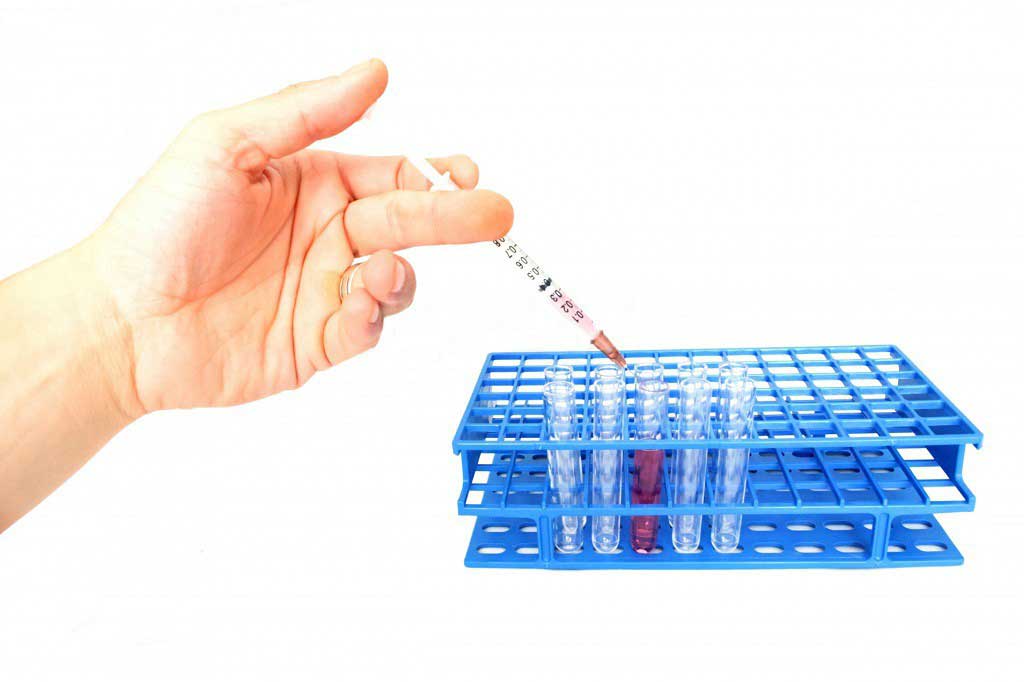Pacemaker implantation
Risks
As with any medical or surgical procedure, pacemaker implantation has risks as well as benefits.
Some of the main risks are described below.
Blood clots
In about 1 in every 50 cases, a Arterial thrombosis develops in one of theveins inthe arm on the side of the body where the pacemaker was fitted.
This may cause some swelling in the affectedarm, butitusually settles in a few days andis rarely a serious problem.
In some cases, you may be given anticoagulant medication , which stops the clotgetting bigger.
Pacemaker infection
It's estimated around 1 in 100 people with a pacemaker will develop a pacemaker infection. Thisusually happenswithin the first 12 months of having the device fitted.
Symptoms of a pacemaker infection include a high temperature of 38C (100.4F) or above and pain, swelling and redness at the site of the pacemaker.
Call your GP or cardiologist as soon as possible for advice if you're worried you've developed an infection.If this isn't possible, call NHS 111 or your local out-of-hours service .
A pacemaker infection is usually treated using a combination of antibiotics and surgery to remove and then replace the pacemaker.
If an infection isn't treated, itcould spread into your lungs (pneumonia) , the lining of your heart (endocarditis) , or your blood (sepsis) .
Air leak
As the vein the pacemaker wires are inserted intolies very close to one of the lungs, there's a risk of the lung being accidentally punctured during the procedure. This means air canleak from the affected lung into the chest area.
This problem is known as pneumothorax. It's estimated to occur in about1in every 100 pacemaker implantation procedures. In most cases, the leak is very small andgets better on its own without treatment.
If a lot of air leaks into the chest,this may need to be sucked out using a needle andplacing a special drain into the chest area. If a drain is required, you may need to stay in hospital for an extra day or two.
Problems with the pacemaker
As with any electronic device, there's a small chance your pacemaker could stop working properly. This is known as a pacemaker malfunction.
Apacemaker can go wrong if:
- the lead gets pulled out of position
- the battery of the pulse generator fails
- the circuits that control the pacemaker are damaged after being exposed to strong magnetic fields
- the pacemaker hasn't been properly programmed
It's estimatedpacemaker leads become dislodged in more than1 in 100 cases, but a problem with the pacemaker itself is estimated to occur in only1 in every 400 to 500 cases.
Signs your pacemaker may have failed include:
- your heart begins beating more slowly or quickly
- dizziness
- hiccups
- fainting or nearly fainting
Seek immediate medical advice if you're concerned your pacemaker has failed.
In some cases, it may be possible to correct a pacemaker remotely using wireless signals or magnets. Otherwise, the pacemaker will need to be removed and replaced.
Twiddler's syndrome
Twiddler's syndrome is an often overlooked cause of pacemaker malfunction.
This is when the pacemaker generator is pulled out of its normal position because a person ismoving itback and forth or round and round under the skin "twiddling" with itoften without realising.
One possible treatment option is to stitch the generator more firmly to the surrounding tissue so it can't be moved.
Introduction
Find out what a pacemaker is, how it works, why you might need it, and how it is implanted.
Why it is neccesary
Find out why a pacemaker is often recommended for people with heart problems such as atrial fibrillation, heart block, and those at risk of cardiac arrest.
What happens during a pacemaker implantation
Find out what will happen during your preoperative assessment and how your pacemaker will be fitted. Also, find out how your pacemaker will be tested once it's fitted.
Afterwards
You will usually be able to go home one or two days after having a pacemaker implanted. Find out more about recovering after a pacemaker implantation.
Risks
Find out about the possible risks of having a pacemaker fitted, including blood clots, infection, an air leak and pacemaker malfunction.







 Subscribe
Subscribe Ask the doctor
Ask the doctor Rate this article
Rate this article Find products
Find products